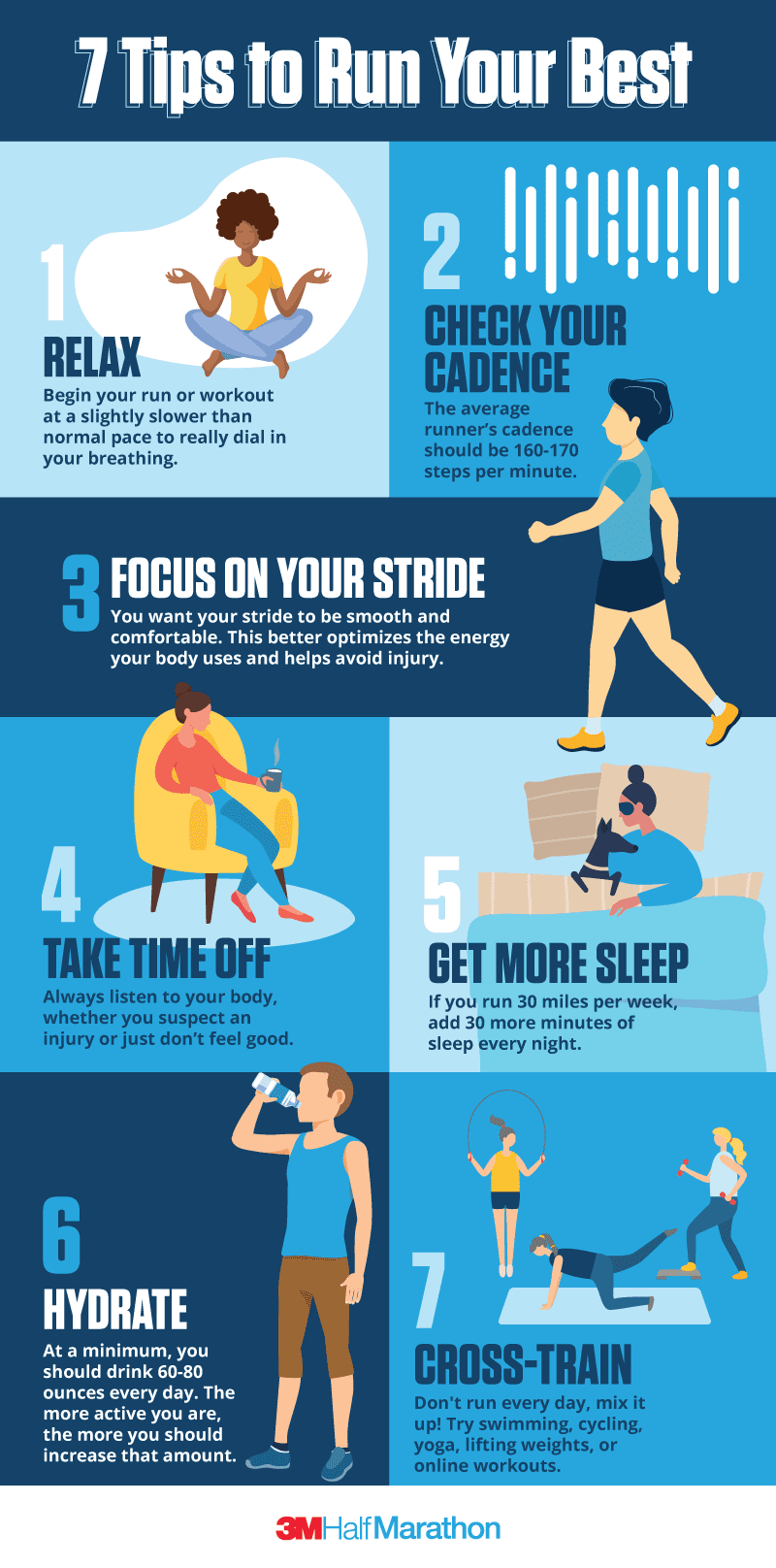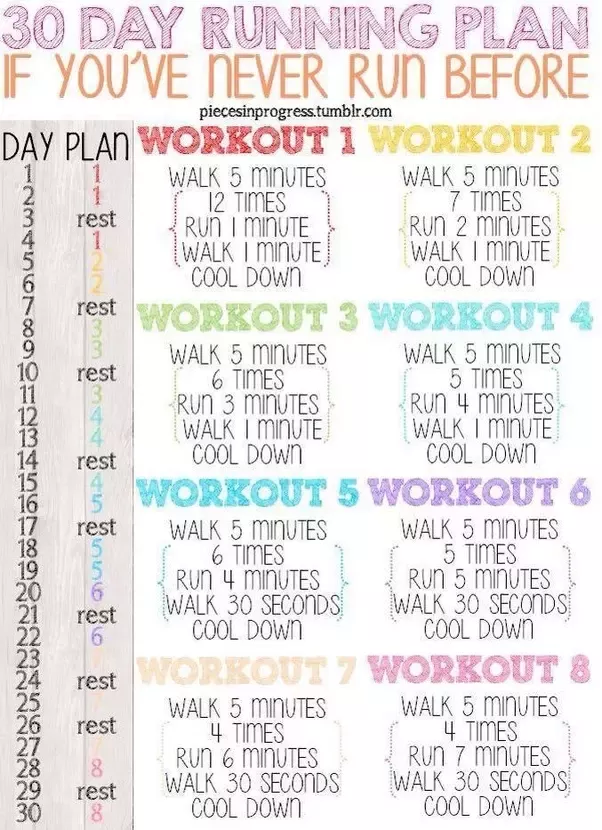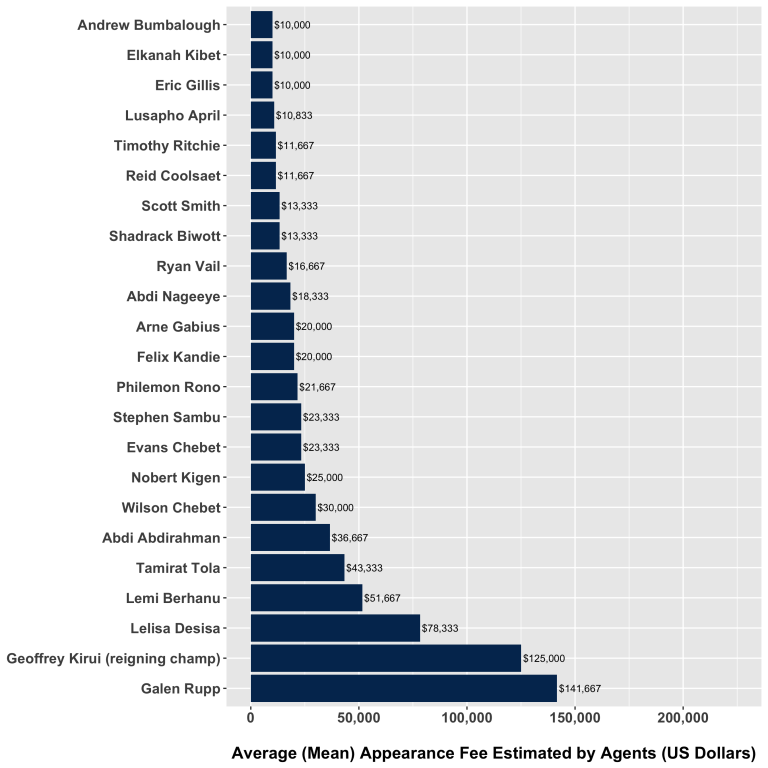Best Practices for Running
Best practices for running include proper warm-up, wearing appropriate gear, and staying hydrated. Running can improve cardiovascular health, boost mood, and increase stamina.
Whether you are a beginner or experienced runner, following these guidelines can help you maximize the benefits of your runs. By incorporating these best practices into your routine, you can reduce the risk of injury and ensure a more enjoyable running experience.
It is important to listen to your body, gradually increase intensity, and vary your routes to keep things interesting. Remember to consult with a healthcare provider before starting a new running regimen, especially if you have any underlying health conditions. With consistency and dedication, running can be a rewarding and fulfilling form of exercise.

Credit: www.fastrunning.com
Setting Clear Goals
When it comes to running a successful business, setting clear goals is crucial. Here’s how you can define your objectives and establish key metrics to ensure strategic focus and measurable outcomes.
Defining Your Objectives
Before diving into your marketing efforts, it’s essential to have a clear understanding of what you aim to achieve. Defining your objectives not only provides a sense of direction but also helps your team align with the overarching mission.
- Start by outlining specific, measurable, achievable, relevant, and time-bound (SMART) goals.
- Consider the desired outcomes, whether it’s increasing brand awareness, driving conversions, or expanding market share.
- Engage in open discussions with stakeholders to ensure everyone is on the same page regarding the objectives.
Establishing Key Metrics
After setting clear objectives, the next step is to establish key metrics that will help track progress and measure the success of your marketing initiatives.
- Identify the relevant KPIs (Key Performance Indicators) that align with your goals, such as website traffic, conversion rates, or social media engagement.
- Implement robust analytics tools to monitor and analyze the performance of these metrics regularly.
- Allocate resources to ensure that data collection and reporting are seamless and efficient.
Creating A Budget
Running a budget effectively can be achieved through best practices such as setting clear financial goals, tracking expenses diligently, prioritizing savings, and regularly reviewing and adjusting the budget to ensure optimal financial management.
Creating a Budget Determining your resources Understanding your financial capabilities. Allocating funds Dividing the budget effectively. Creating a budget starts with determining your resources. Know your financial status to make informed decisions. When allocating funds, ensure each aspect of your event or project is adequately accounted for. Assess available funds before planning the budget. Determine your goals and financial objectives to allocate funds accordingly. Prepare a financial plan using the details gathered.Building A Strategic Plan
Identifying Target Audience
Start by researching demographics and psychographics to identify your audience.
Utilize data analytics tools to gain insights into your target market.
Developing A Marketing Strategy
Create clear objectives and goals to guide your marketing efforts.
Implement a mix of digital and traditional marketing tactics for maximum impact.

Credit: gocarrera.com
Implementing Efficient Processes
Implementing efficient processes is crucial for the successful operation of a running business. Streamlining operations and automating tasks can significantly improve productivity and ensure seamless workflows. By prioritizing efficiency, businesses can optimize their resources and maximize their output, ultimately leading to improved performance and profitability.
Streamlining Operations
Optimizing operations is essential for reducing unnecessary steps and eliminating bottlenecks. This involves evaluating current procedures and identifying opportunities for improvement. By streamlining operations, businesses can enhance their overall efficiency while minimizing waste and unnecessary delays.
Automating Tasks
Automating repetitive tasks not only saves time but also reduces the margin for error. By leveraging technology to handle routine processes, businesses can free up valuable human resources to focus on more complex and strategic activities. Automating tasks can lead to increased productivity and improved accuracy across various business functions.
Monitoring And Evaluating Performance
Evaluating the performance of your running can help you identify areas for improvement and track your progress towards your goals. By monitoring key performance indicators (KPIs) and analyzing the data, you can gain valuable insights that will guide your training and help you optimize your running performance. In this section, we will explore the best practices for tracking KPIs and analyzing the data for actionable insights.
Tracking Key Performance Indicators
To effectively monitor and evaluate your running performance, it is important to identify and track key performance indicators (KPIs). These are specific metrics that provide quantifiable data about your performance. Here are some essential KPIs to track:
- Distance covered – Track the total distance you run during each session or over a specific period, such as a week or a month.
- Pace – Measure your running speed in terms of minutes per mile or kilometer to see how your pace varies across different distances and terrains.
- Heart rate – Monitor your heart rate during your runs to understand your exertion levels and ensure you are training within your target heart rate zones.
- Calories burned – Keep track of the number of calories you burn during your runs to manage your energy balance.
- Time spent – Record the duration of your runs to evaluate your endurance and progress over time.
Analyzing Data For Insights
Once you have collected the necessary data, it’s time to analyze it to gain valuable insights that can improve your running performance. Here are some best practices for analyzing your data:
- Compare performance over time – Look for patterns and trends in your data to identify areas of improvement or potential issues.
- Spot correlations – Analyze how different variables, such as pace and heart rate, are related to understand their impact on your performance.
- Identify strengths and weaknesses – Identify areas where you excel and areas that need improvement to create a targeted training plan.
- Set goals based on data – Use the insights from your data analysis to set realistic and specific goals for your training, such as improving your pace or increasing your distance.
- Seek professional help – If analyzing the data seems overwhelming, consider consulting a running coach or sports scientist who can help you interpret the data and provide personalized recommendations.
By tracking key performance indicators and analyzing the data, you can gain a deeper understanding of your running performance. This knowledge will enable you to make informed decisions about your training and set you on the path to achieving your running goals.

Credit: www.linkedin.com
Frequently Asked Questions For Best Practices For Running
Faq 1: How Can I Effectively Measure The Success Of My Running Routine?
To measure the success of your running routine, keep track of your progress using metrics like distance covered, pace, duration, and heart rate. Regularly evaluate your improvements to determine the effectiveness of your routine.
Faq 2: What Are The Essential Warm-up Exercises Before Running?
Before running, warm up your body with dynamic stretches like leg swings, lunges, high knees, and arm circles. This increases blood flow, loosens muscles, and reduces the risk of injuries during your run.
Faq 3: How Often Should I Replace My Running Shoes?
To maintain optimal performance and prevent injuries, replace your running shoes every 300-500 miles or every 4-6 months, depending on your running frequency and shoe quality. Inspect your shoes regularly for signs of wear and tear.
Conclusion
Implementing these best practices for running a successful can significantly impact your business’ online presence. By focusing on user experience, optimizing for search engines, creating high-quality content, utilizing social media, and leveraging analytics, you can effectively drive traffic and increase conversions.
Embracing these strategies will undoubtedly lead to long-term success for your business.





